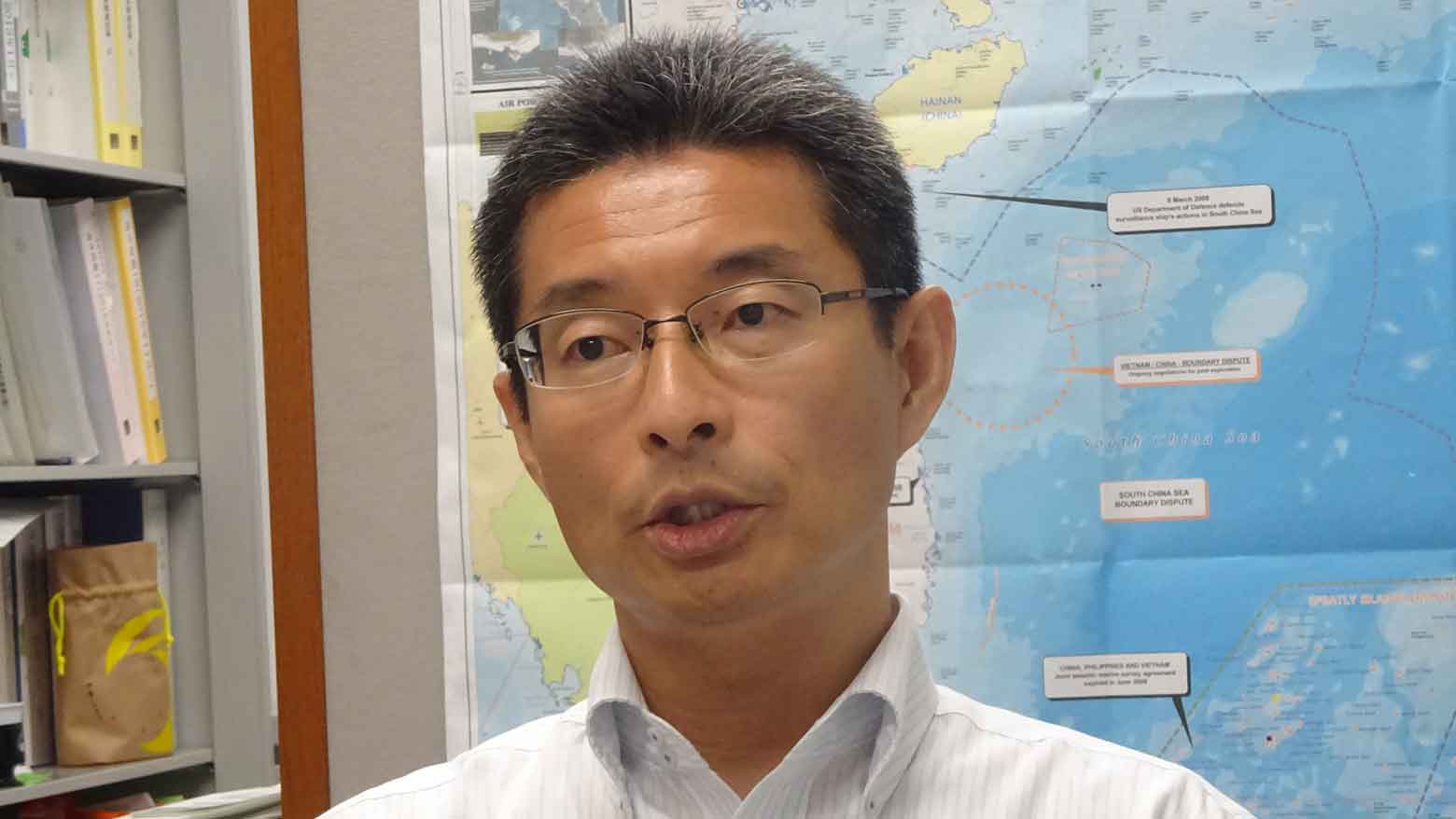
Breaking the Hypersonic Barrier
China used the parade to introduce a new type of missile. The DF-17 come with a hypersonic glide vehicle. It can travel five times faster than the speed of sound and change orbit in midair. Experts say it can breach all current enemy radars and air defenses.
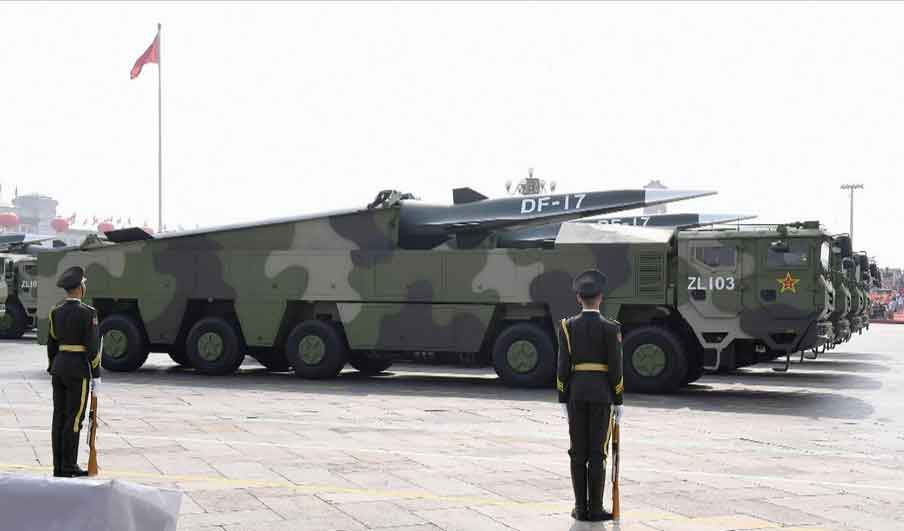
The US and Russia have been competing to develop hypersonic missiles, but China got there first, and Masafumi Iida says it significantly changes the security situation in the region.
Iida: China is currently pressuring Taiwan for unification, and its most important challenge is to keep the US military out of Taiwan and prevent military intervention. The DF-17 will be able to deter US attacks, because it would easily enable China to attack warships and military bases in Japan used by the US military and the Japan Self-Defense Forces.
China's Missiles Can Reach US Territory
China also unveiled the DF-41, an intercontinental-range ballistic missile capable of reaching any part of US territory. It can hit multiple targets and carry up to ten nuclear warheads. And it's fast to launch because it uses solid fuel rather than liquid. It is also difficult to destroy in a pre-emptive strike, because it can be transported by vehicle and is hard to locate.
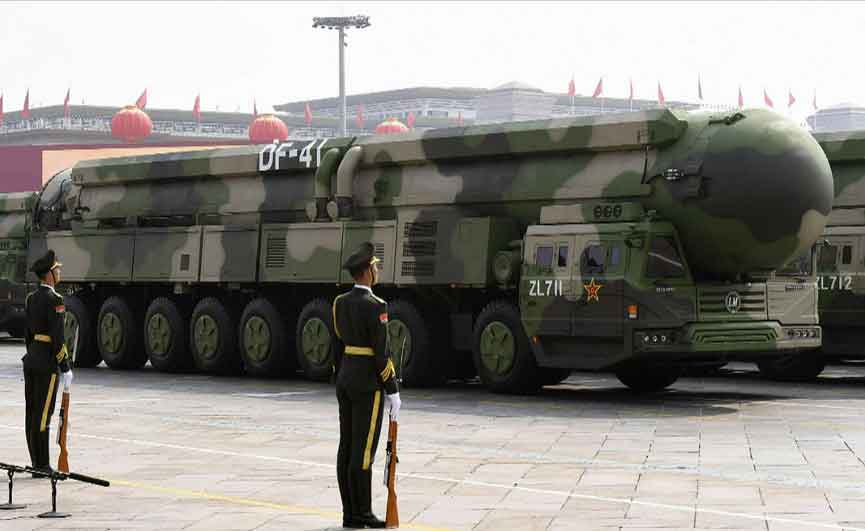
In a very unusual move, China showed off submarine-launched ballistic missiles. They unveiled the JL-2, capable of carrying nuclear warheads and hitting targets as far as 8,000 kilometers away. That means it could reach US territory from Chinese coastal waters.
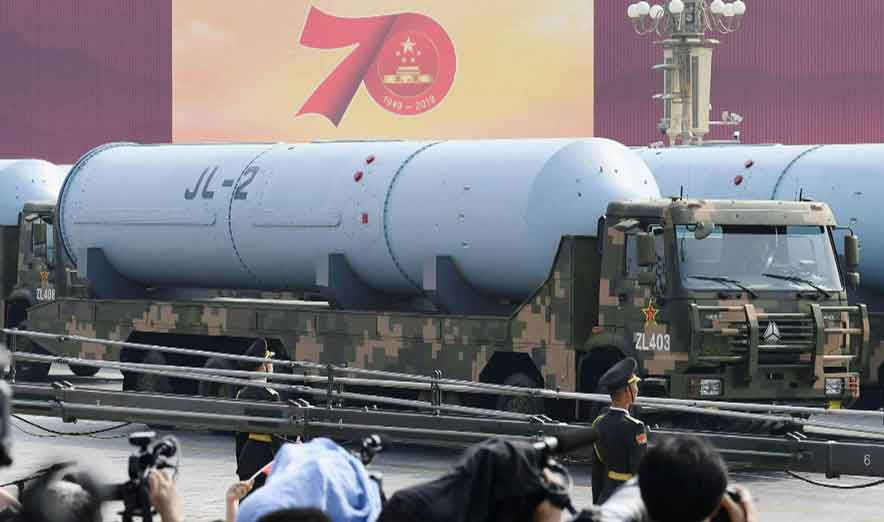
Iida: It’s clear that China is placing great significance on the DF-41 and the JL-2, because they were displayed at the parade. China is sending a message to the US that it’s ready to counter nuclear attacks, and that the US will not be able to defend itself from these counterattacks. I think China is showing the world that its will is strong and it will not succumb to US pressure.
Unmanned Weapons: Closing the Gap
Some of the reconnaissance drones and unmanned submersibles on show in the parade incorporated the latest AI technology, suggesting that China’s military tactics have improved drastically. The WZ-8 is a new type of high-speed spy drone that can gather information about the location of enemy warships significantly faster than reconnaissance satellites. Experts say it will help China guide missiles more accurately.
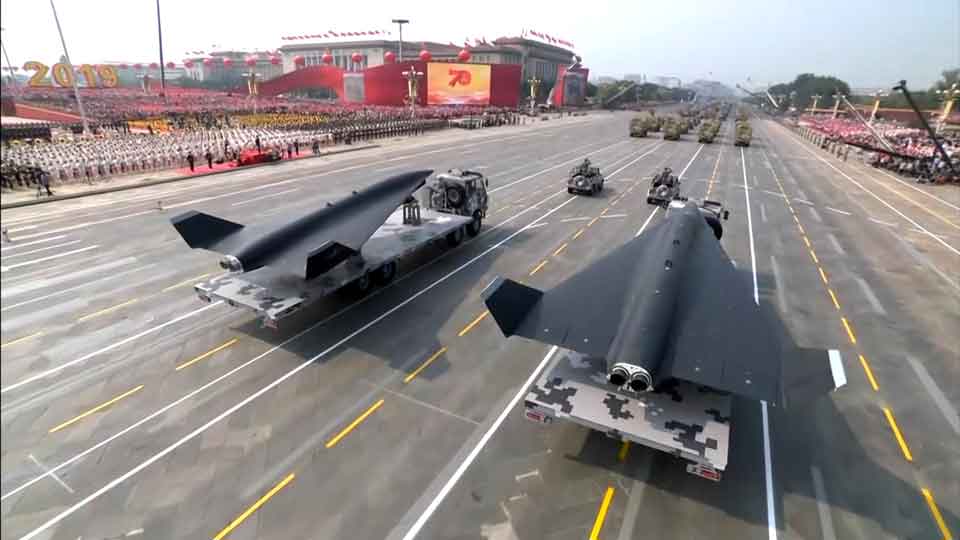
Iida: China has been emphasizing the importance of developing AI and unmanned weapons in its defense white papers. It may not be as advanced as the US, but it’s making steady progress, and the technological gap between the two countries is shrinking. After seeing the parade, I realized that China is developing much more quickly than I imagined.
China's Dual Messages
Iida says the message to viewers within China was that President Xi Jinping is driving forward with his ambition to build a strong militaristic nation. The message to everyone else was that China is not going to bow to US pressure.
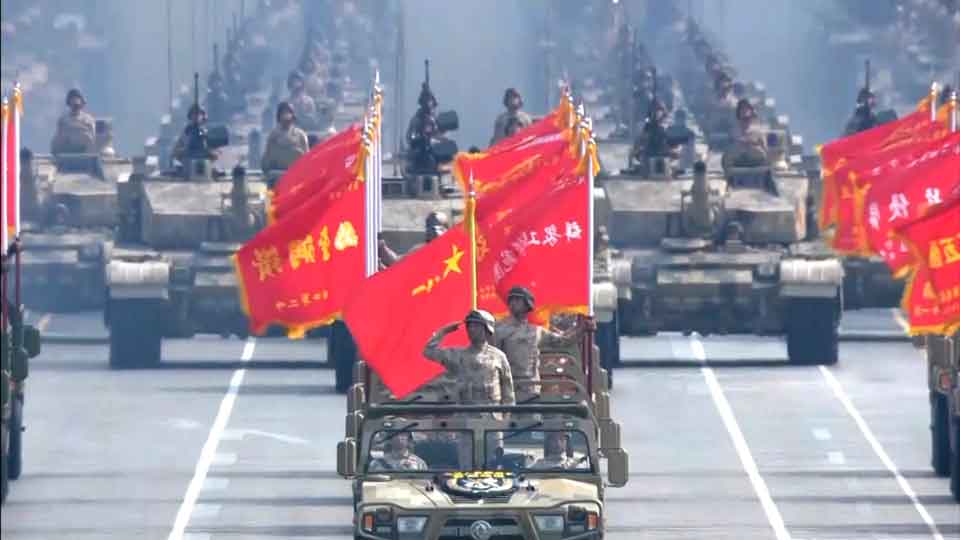
Iida: After seeing this greater threat from China, the US is expected to accelerate its weapons development, in order to increase its lead. In the long term, I think both countries will continue to competitively expand their armaments.
The sight of China's military advancements rang alarm bells across the water in Japan, too. Chinese ships have been repeatedly entering Japanese territorial waters around the Senkaku Islands in the East China Sea. Japan controls the islands. The Japanese government maintains that the islands are an inherent part of Japan’s territory, but China and Taiwan claim them.
Experts say the repeated incursions are a sign that China intends to expand its footprint. Iida says China is developing weaponry at a much faster pace than Japan, and the gap is growing wider all the time.
Iida: The Japan Self-Defense Forces are certainly not ready to defend against China’s rapidly advancing offensive power. We need to give serious thought to how to secure our nation.

